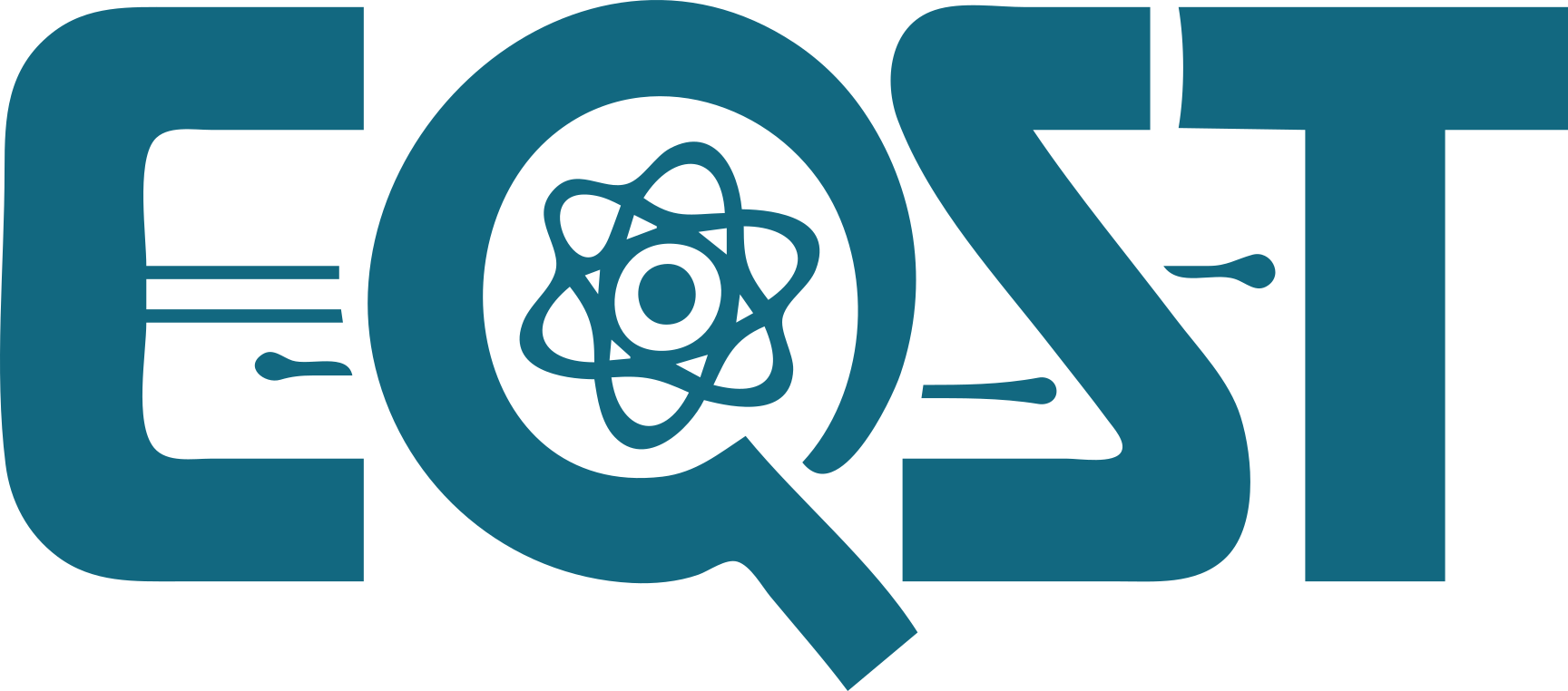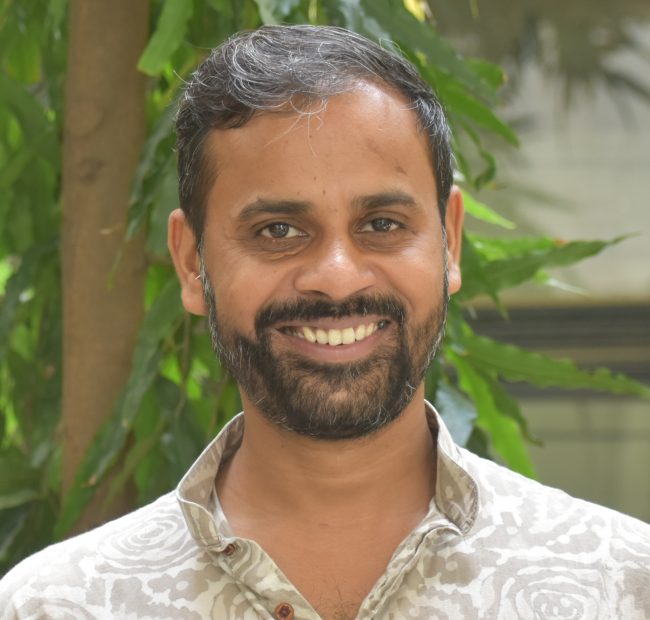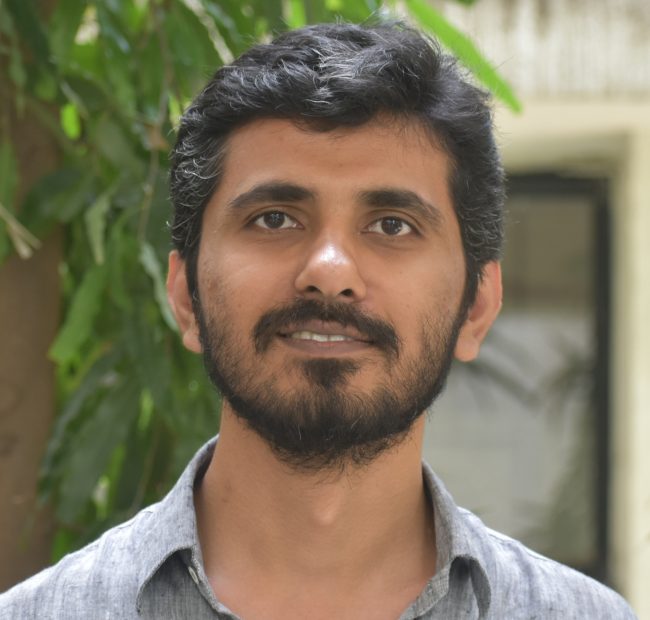As quantum technologies move from laboratory prototypes to scalable machines, they confront us with fundamental questions about the limits of nature. How much energy is fundamentally required to implement a quantum process, an invisible cost that will ultimately shape the sustainability of the quantum revolution [Auf22]? How do the perfectly reversible laws of quantum mechanics give rise to the effectively irreversible thermal behavior observed in nature, particularly in small or highly structured systems where standard frameworks such as the Eigenstate Thermalization Hypothesis and canonical typicality no longer suffice? Even when these processes are understood in principle, can we compute or verify them efficiently, or do fundamental algorithmic limits constrain what is ever predictable or controllable? Energetics, thermalization, and computational complexity are not separate puzzles but interconnected facets of a single quest. By exploring how they intertwine, we aim to uncover the principles that govern quantum matter and inspire more sustainable and innovative quantum technologies.
Recent Advances
Energetics of Quantum Computation
How much energy is fundamentally required to run a quantum process, and what does this mean for future quantum technologies [Auf22]? In classical physics, Landauer’s principle [Lan61; Ben82] sets a lower bound on the heat released when erasing a single bit, establishing a framework for the thermodynamics of computation. In the quantum world, the situation is richer and more subtle: creating coherence, maintaining entanglement, or performing measurements can themselves carry irreducible energetic costs with no classical analogue. Significant progress has been made in special scenarios such as quantifying the energy needed to generate coherence or extract entanglement [MSB+16; BCF+18] but these results are often protocol-specific or asymptotic. A general, operational understanding of the energetic cost of arbitrary finite-size quantum operations remains an open challenge. Understanding these limits is essential for designing sustainable, large-scale quantum devices.Thermalisation in Closed Quantum Systems
Why do isolated quantum systems appear to thermalise, even though their dynamics are perfectly reversible? The eigenstate thermalisation hypothesis (ETH) [Sre94; AKP+16] proposes that in chaotic systems, local observables behave as if the system is in thermal equilibrium. Similarly, canonical typicality [PSW06; GLT+06] shows that a small subsystem of a randomly chosen pure state can appear thermal. However, these frameworks rely on idealised conditions such as very large, non-integrable systems or fully random states whereas modern experiments probe intermediate-scale, structured platforms [KTL+16; NRF+16] that do not meet these assumptions. Furthermore, while entanglement entropy typically grows during evolution, it is neither necessary nor sufficient for thermalisation [SGB+24; BWG+25]. These findings highlight the need for new approaches to thermalisation that can capture equilibrium behavior in finite, constrained, and experimentally relevant quantum systems.Computational Complexity of Thermodynamic Tasks
Even when the physical laws governing a quantum system are known, predicting or exploiting its behavior can be computationally formidable. For example, approximating the partition function or free energy of a local quantum Hamiltonian is QMA-hard in the worst case [BCG+21], and preparing low-temperature Gibbs states is generally intractable [RW24], although certain high-temperature or specially structured systems allow efficient preparation [BLM+24]. Work-extraction tasks highlight complementary challenges: in black-box scenarios, extracting non-trivial work from a single unknown copy is essentially impossible, with meaningful bounds emerging only when multiple copies are available [CDG+24]. A complementary work has shown that black-box work extraction can be framed as a composite hypothesis testing problem, revealing a conceptual link between extractable work and information-theoretic hardness [WT24]. Further, deciding whether a finite many-body system relaxes to a given expectation value can be PSPACE-complete [DMW25]. These results show that thermodynamic behavior is constrained not only by the laws of physics but also by fundamental computational limits, emphasizing the need to consider physical and algorithmic constraints together when exploring quantum thermodynamics. nother striking application of quantum physics to cryptography was initiated by the work of Broadbent and Islam in 2019 that led to a sequence of increasingly capable functionalities. Very basically, it is a sophisticated version of the no-cloning theorem. The key observation is that classical information cannot be deleted because it can always be copied. Could it be that somehow a message, encoded into a quantum system, can be certifiably deleted?Our contributions and ongoing efforts
We established rigorous lower bounds on the energetic cost of generating quantum coherence, showing that coherence is a fundamental thermodynamic resource, not just an informational one [MSB+16]. Further, we analyzed black-box work extraction from unknown quantum states, deriving tight sample-complexity bounds that reveal how limited information can severely constrain the amount of work that can be harnessed [CDG+24].

In our recent work, we introduce the concept of computational deep thermalization [CCG+25], where quantum systems with surprisingly low entanglement and complexity, upon partial local measurements, appear fully random and highly entangled to any observer with realistic computational resources. This is an example of computational indistinguishability: no observer using polynomial-time quantum computations can tell these states apart from maximally entangled Haar-random states, even when multiple copies are available. Central to this is our construction of a new ensemble of efficiently preparable pseudoentangled states, which retain low underlying entanglement while remaining indistinguishable from Haar-random states under local measurements – a hallmark of deep thermalization. Our work overcomes limitations of existing analytical models of this phenomenon, and instead aligns closely with experimental and numerical observations.
Building on these results, we are developing a symmetry-based framework for thermalization in closed quantum systems, aiming to go beyond ETH and canonical typicality to capture equilibrium behavior in finite, symmetry-constrained, and experimentally relevant systems. Together, these contributions clarify the fundamental energetic, computational, and structural limits of quantum systems, providing a deeper understanding of quantum thermodynamics and guiding the design of future quantum technologies.
References
[Auf22] Alexia Auffèves, Quantum Technologies Need a Quantum Energy Initiative, PRX Quantum 3, 020101 (2022).
[Sre94] M. Srednicki, Chaos and quantum thermalization, Phys Rev E 50, 888 (1994).
[AKP+16] L. D’Alessio, Y. Kafri, A. Polkovnikov, M. Rigol, From quantum chaos and eigenstate thermalization to statistical mechanics, Adv. Phys. 65, 239 (2016).
[PSW06] S. Popescu, A. J. Short, A. Winter, Entanglement and the foundations of statistical mechanics, Nature Physics 2, 754 (2006).
[GLT+06] S. Goldstein, J. L. Lebowitz, R. Tumulka, N. Zanghì, Canonical typicality, Phys Rev Lett 96, 050403 (2006).
[DMW25] R. Devulapalli, T. C. Mooney & J. D. Watson, The Complexity of Thermalization in Finite Quantum Systems, arXiv:2507.00405 (2025).
[Lan61] R. Landauer, Irreversibility and Heat Generation in the Computing Process, IBM Journal of Research and Development 5, 183 (1961).
[Ben82] C. H. Bennett, The Thermodynamics of Computation—A Review, Int. J. Theor. Phys. 21, 905 (1982).
[MSB+16] A. Misra, U. Singh, S. Bhattacharya, A. K. Pati, Energy cost of creating quantum coherence, Phys Rev A 93, 052335 (2016).
[BCF+18] C. Bény, C. T. Chubb, T. Farrelly, T. J. Osborne, Energy cost of entanglement extraction in complex quantum systems. Nat. Commun. 9, 3792 (2018).
[CDG+24] S. Chakraborty, S. Das, R. Ghorui, S. Hazra, U. Singh, Sample complexity of black-box work extraction, arXiv:2412.02673 (2024) [To appear in Quantum Science and Technology].
[KTL+16] A. M. Kaufman, M. E. Tai, A. Lukin, M. Rispoli, R. Schittko, P. R. Preiss, M. Greiner, Quantum thermalization through entanglement in an isolated many-body system, Science 353, 794 (2016).
[NRF+16] C. Neill, P. Roushan, M. Fang, Y. Chen, M. Kolodrubetz, Z. Chen, A. Megrant, R. Barends, B. Campbell, B. Chiaro, A. Dunsworth, E. Jeffrey, J. Kelly, J. Mutus, P. J. J. O’Malley, C. Quintana, D. Sank, A. Vainsencher, J. Wenner, T. C. White, A. Polkovnikov, J. M. Martinis, Ergodic dynamics and thermalization in an isolated quantum system, Nature Physics 12, 1037 (2016).
[BWG+25] C. Bertoni, C. Wassner, G. Guarnieri., J. Eisert, Typical thermalization of low-entanglement states, Commun. Phys. 8, 301 (2025).
[SGB+24] T. Saha, P. Ghosal, P. Bej, A. Banerjee, P. Deb, Thermalization of isolated quantum many-body system and the role of entanglement, Physics Letters A 509, 129501 (2024)
[BCG+21] S. Bravyi, A. Chowdhury, D. Gosset, P. Wocjan, On the Complexity of Quantum Partition Functions, Nature Physics, 18 (11) 1367-1370 (2022).
[RW24] J. Rajakumar, J. D. Watson, Gibbs Sampling Gives Quantum Advantage at Constant Temperature, arXiv:2408.01516 (2024).
[BLM+24] A. Bakshi, A. Liu, A. Moitra, E. Tang, High-Temperature Gibbs States Are Unentangled and Efficiently Preparable, arXiv:2404.03506 (2024).
[WT24] Y. Watanabe, R. Takagi, Black-Box Work Extraction and Composite Hypothesis Testing, Phys. Rev. Lett. 133, 250401 (2024).
[CCG+25] S. Chakraborty, S. Choi, S. Ghosh, and T. Giurgică-Tiron, Fast computational deep thermalization, arXiv:2507.13670 (2025).
More pages will be added soon.
- Quantum Information—Siddhartha Das
- Open Quantum Systems—Samyadeb Bhattacharya





